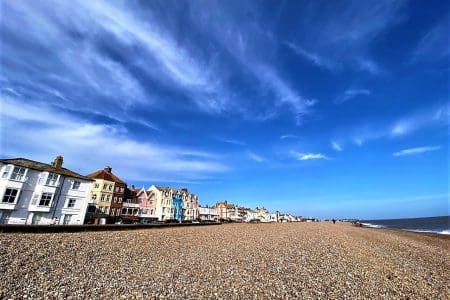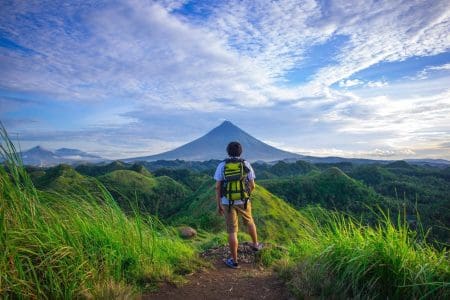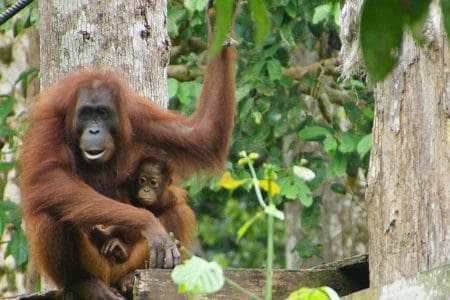Jonathan Morris explains the importance of rewiliding and regenerative travel in the rebuild of the travel and tourism sector post Covid.
It is impossible to predict quite how tourism will change in the post-pandemic world. However, even before the pandemic there was a move towards more environmentally aware, lower impact, sustainable travel. This is where rewilding and regenerative travel has a role to play.
This trend looks likely to strengthen in the future, evolving from tourism that is merely less damaging to tourism that positively improves the country visited: this is known as “regenerative travel”. In short, finding ways to travel that that leave your destination and its environment in a better state than you found it.
For the moment, we will leave aside the contentious issue of flying (more on this later) and focus on how wildlife tourism can be an effective agent for regenerative travel and how you can design your wildlife trip to give back more than it takes.
The benefits of wildlife tourism have long been lauded, particularly for the protection of specific flagship species such as the mountain gorillas of Africa, the tigers of central India, the snow leopards of the Himalayas and the Asiatic lions of Gujarat.
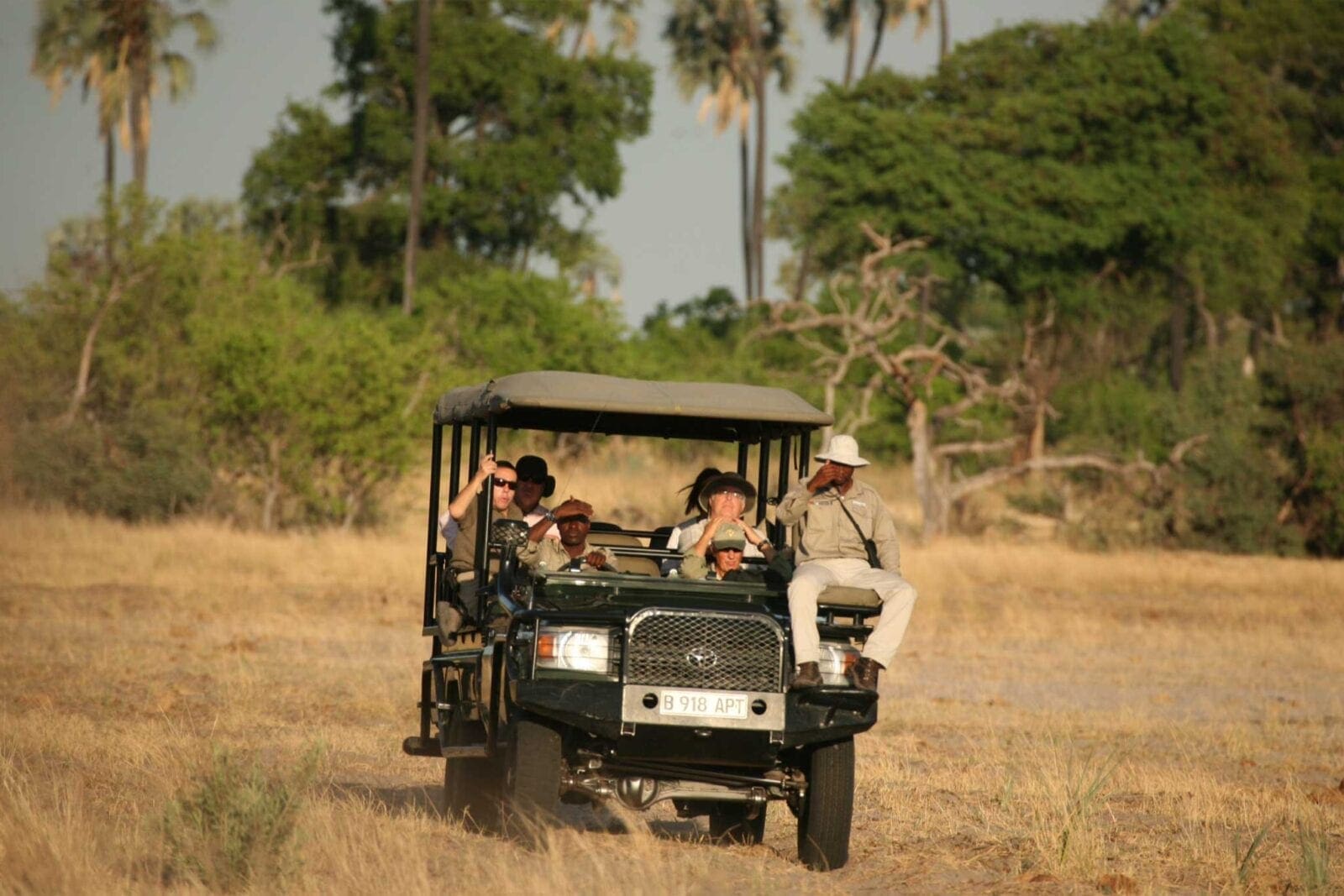
Much of the revenue raised by tourism is put back into the parks, paying for the salaries of guides and rangers who mount anti-poaching patrols and financing the management of the reserves. Endangered species numbers have improved dramatically as a direct result of such tourism: by visiting these areas, tourists are directly contributing to the survival of such species and the ongoing protection of their fragile ecosystems.
However, care must be taken not to rely too heavily on these headline-grabbing species, especially if it is to the detriment to the rest of the county. In Rwanda, for instance, many visitors just stay for a couple of days of mountain gorilla trekking and then continue to other parts of Africa. The other natural, cultural and scenic attractions of Rwanda are too often overlooked, leading to an uneven distribution of tourism income and less benefit to the country as a whole. Headline species like mountain gorillas initially attract tourists to Rwanda; the challenge is to encourage people to travel more widely in order to gain an appreciation of the destination as a whole.
Too narrow a focus on target species can cause national parks and reserves to become isolated islands of refuge, often surrounded by farmland, villages, hotels, restaurants and other tourism services. Not only is this isolation bad for conservation (e.g. animals cannot mix between isolated reserves to diversify the gene pool) but locals are frequently removed from reserves and drawn into the tourism infrastructure, potentially undermining their cultural identity by adopting western ideas of wealth, diet and social responsibility. Thus tourism can walk a very fine line between benefiting communities with employment and harming local identity and culture.
Wildlife tourism becomes more regenerative when attention is given to a broader range of wildlife and habitats providing an overall sense of precious wilderness. In doing this, tourists are distributed more evenly around a country, thus having less impact on over-visited areas. Furthermore, indigenous communities are more likely to be considered as part of the whole wilderness ecosystem leading to greater sensitivity to their culture, identity and traditional way of life.
Lodges in these diverse areas are often located within private reserves or government concessions. Since tourists are paying for an authentic wilderness and wildlife experience, such lodges have a vested interest in preserving and improving their wilderness and nurturing the wildlife found within.
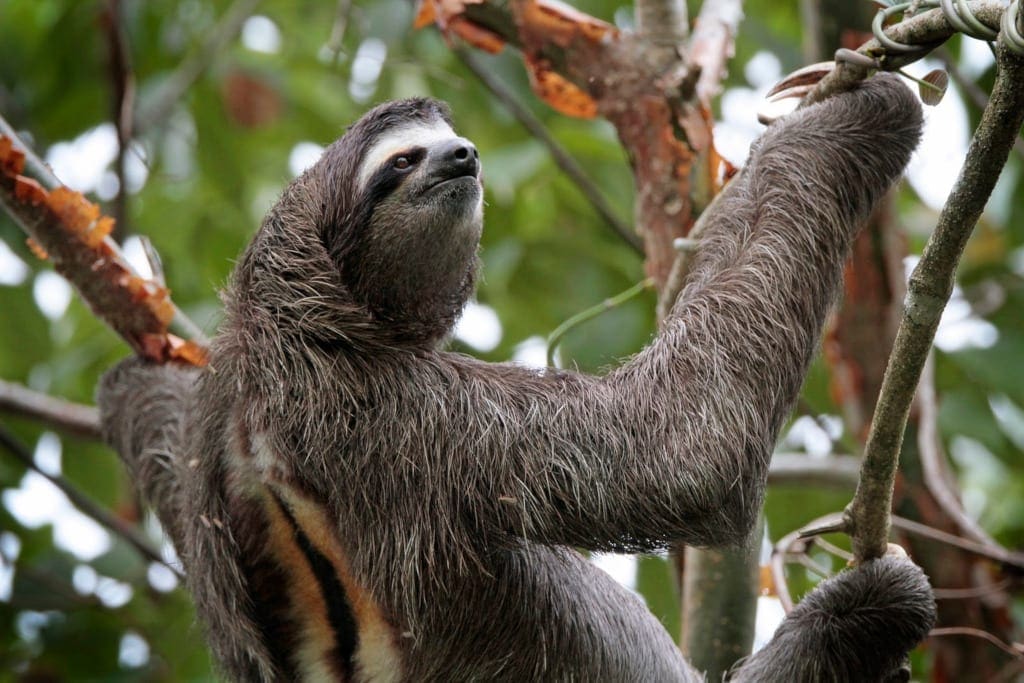
In forested areas, as well as preserving what is already there, large reforestation programmes have been initiated by lodge owners to create more habitat and native food trees for mammals and birds. Not only does this create a more pleasant environment for guests to explore but the the improved wildlife experience gives lodges a direct financial return for their rewilding efforts.
In the Osa Peninsula in Costa Rica, the patchwork of private rainforest reserves has become so improved, extended and interconnected that they are merging indistinguishably with the government-protected reserves such as Corcovado National Park.
Scale is also a factor. The many government-awarded, small tourism concessions in Botswana mean that in total much of the country, including most of the famous Okavango Delta, is now being managed by private lodges to provide fabulous low-impact safaris in their own reserves, unfenced from their neighbours. In doing so, lodges are better conserving a much larger area of the country than would ever have been possible through a system of large government-run national parks.
The surge in wildlife tourism in the Pantanal region of Brazil over the past few years – stimulated by Reef & Rainforest’s first ever jaguar watching tours in 2001 – has meant many ranches substituting destructive cattle rearing for the benefits of wildlife tourism. This has led to increased tree planting, more sustainable land use and a switch from the persecution of large predators like jaguars (to protect cattle) to the active protection and encouragement of the big cats in pursuit of tourist revenue. As a consequence, governments around the world have started offering compensation to ranchers for livestock lost to predators in recognition of the potential income from tourism if the predators remain alive.
Managed correctly, wildlife tourism can have a hugely regenerative effect on the planet. It directly protects some of the world’s rarest species; it promotes sustainable land use; it funds rewilding; it expands forests; it preserves wilderness and it provides a sustainable source of income to some of the world’s poorest people.
This all sounds good but what about flights?
There is no way of getting around the fact that travelling long haul adds greenhouse gases to the environment. What is less understood is that, in terms of carbon emitted per mile travelled, flying long haul is a more efficient way to travel than short haul. This is because much of the energy used in flying is consumed during take-off and landing, and in reaching the aircraft’s cruising altitude. Once cruising, fuel use drops dramatically. This means that fuel efficiency very much depends on how far you fly: short haul flights tend to be far less energy efficient than long haul.
The below shows how flying compares with other forms of transport per kilometre travelled.
- Diesel train: 60g of CO2 per passenger per km Source: DEFRA
- Bus/coach: 89g of CO2 per passenger per km Source: NAEI
- Economy class long haul flight: 102g of CO2 per passenger per km Source: DEFRA
- Diesel car with two passengers: 128g of CO2 per passenger per km Source: The RAC
- Economy class short haul flight: 133g of CO2 per passenger per km Source: DEFRA
- Ocean liner: 251g of CO2 per passenger per km Source: Carnival Corporation
- NAEI is the National Atmospheric Emissions Inventory.
- DEFRA is the Department for Environment, Food and Rural Affairs.
There are, of course, many other factors that come into play. Trains, cars and busses can’t always take the most direct route so usually need to cover more miles than a plane would in travelling in a straight line. Planes create other greenhouse gasses such as water vapour and nitrous oxide which add to the greenhouse effect. Direct long haul flights to remote destinations are not always possible, which may mean having to take an inefficient short flight before the long one or vice versa. The more people on each flight the better it is, so travelling in roomy premium classes makes your flight considerably worse for the environment.
Therefore, it is not necessarily the method of transport that is bad for the environment (in this regard, flying can often be better than taking a car or a boat). It is the total number of miles that we are travelling that is the biggest issue. This is where flying has its largest role: the speed and ease of flying encourages us all to travel over much greater distances than we would do by any other means.
Ideally, we would all stick to our own countries and enjoy the natural wealth we have on our doorsteps. This is, in fact, happening more and more around the world with a large increase of domestic interest in wildlife and wilderness tourism in countries like India, Brazil and Colombia. However, in much of Africa, Asia and the Indian Ocean this is still very much the preserve of foreigners without whom much of the wilderness areas would remain unvisited and unprotected.
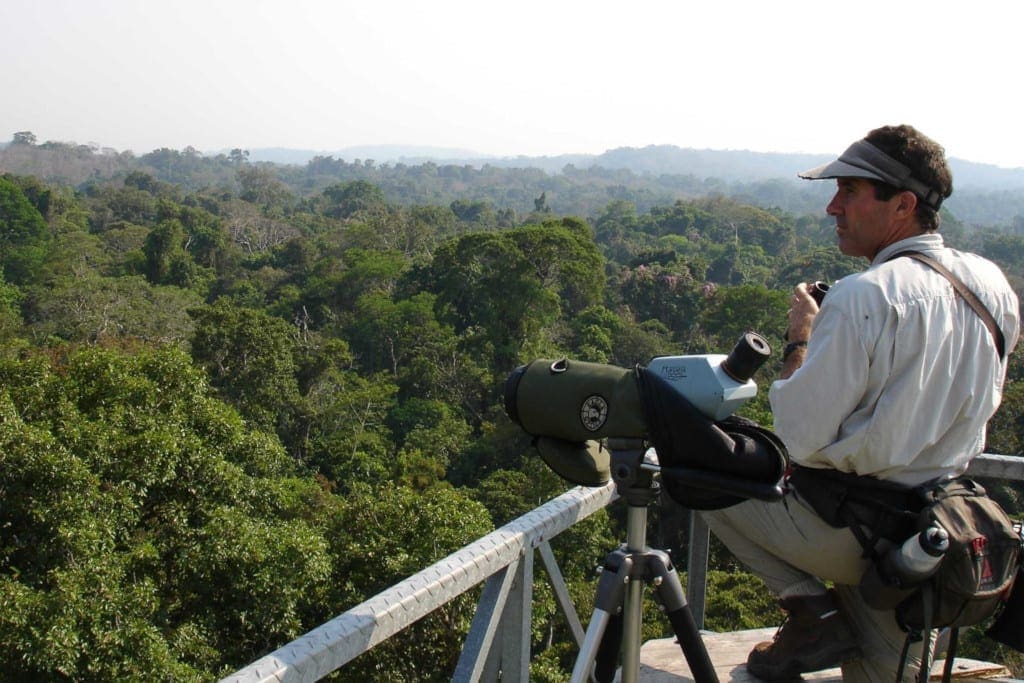
In addition, there is something inherent in human nature which craves travel which broadens our experiences and those of our children. Much of this can be found close to home but if we are tempted by more exotic destinations it is certainly best to choose a holiday that gives something back to the destination.
So, how do you make your wildlife trip less damaging and more regenerative? First, rethink your attitudes to travel.
Do you need to take quite so many foreign trips? Can you holiday more at home? Is it better to take fewer holidays but stay for longer and do more good when there? Do you really need to travel in the carbon-guzzling premium classes? Are you offsetting the carbon generated by your trip?
Don’t become too obsessed with seeing headline species.
It is only natural to want to see some of the world’s iconic animals and come home with amazing photos to share with friends and family. But try not to make this the focus of your whole trip. Such travel can lead to overcrowding in the more popular national parks leaving equally worthy reserves overlooked. Drivers and guides feel under pressure to show you the target species, causing congestion at sightings and less focus on the park overall. Try to spread your time over a range of different parks and areas, perhaps mixing high-sighting areas with those focussing more or wilderness habitats and general fauna. Tourism is then more evenly distributed around the destination and you will achieve a greater range of wildlife sightings too. Also, try not to encourage your guides to spot the headline species but encourage them to try to explore the entirety of the park and its wildlife. This will be better for the animals and you will get a much more rounded natural experience.
Aim high but not too high.
To a degree, the more expensive a lodge the better it is for wildlife and the environment. Such lodges tend to be in more remote regions, less crowded, rely more on alternative sources of food, water and power (locally grown vegetables, solar power, captured rainfall etc) and manage much larger areas of land. Cheaper properties tend to be close to towns and villages where they compete for local resources (electricity, water etc) and feed into the more overcrowded public parks and reserves. Properties which are too upmarket can tip the balance the other way, with luxury air-conditioned accommodation, extensive gourmet kitchens and the use of private airplane and helicopter transfers: all factors which are far more costly both to the environmental and the pocket.
Be more responsible when there.
Remember the basics of responsible tourism: engage in local tree planting, take a reusable water bottle, dress in a culturally appropriate way, avoid giving sweets or money to children, call out bad practise, do not buy souvenirs made of animal or forest products and think about what food you eat: has the meat been destructively ranched? Is your fish from a sustainable source? In short, try to leave a lighter footprint by being more responsible and environmentally aware while you are there.
With further pandemics, extreme weather due to climate change, and various other global upheavals on the horizon, many of us are searching for ways to improve our lives while also preserving the environment. If that still involves an element of travel, let us look for ways to lighten our impact, support local communities, protect fragile environments, safeguard rare wildlife and leave our chosen destinations a little healthier than we found them. We can all strive to be regenerative travellers and leave behind a better world for future generations to enjoy.
If you have any questions regarding our tours, please feel free to contact Jonathan Morris, Reef & Rainforest Tours, on +44 (0)1803 866 965. Alll images copyright Reef and Rainforest Tours.

